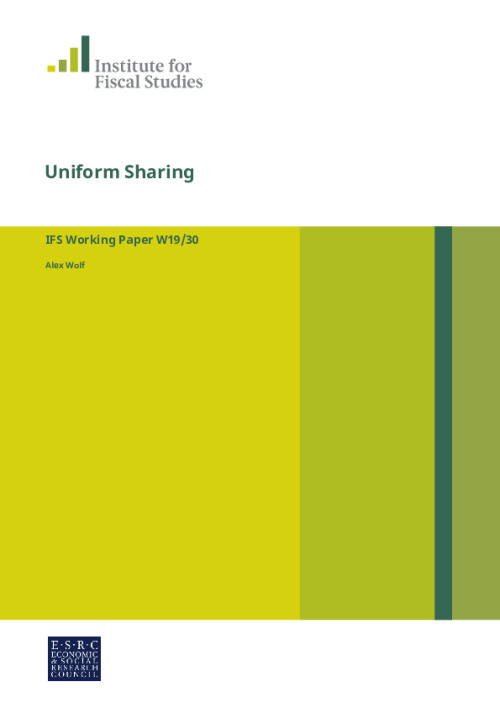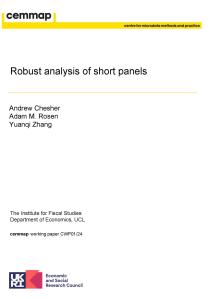Collective models have become the go-to framework for intra-household allocations. Available empirical collective models are built for fixed sets of household members and accommodate diversity in household structures with difficulty. Individual-level data on food consumption from Bangladesh provides an opportunity to build a parsimonious model that applies naturally to households of all shapes and sizes. An intuitive assumption about how allocations change with household composition makes this possible. It also replaces previous models’ identifying restrictions on individual demands across members or household structures and removes the need to classify members into types such as children or men. The resulting estimates allow a detailed and precise description of the age profiles of resource allocation using a new measure that summarizes an individual’s expected consumption relative to others as a function of her characteristics. Estimates suggest that nearly a third of all variation in individual consumption is found within, rather than between households.









